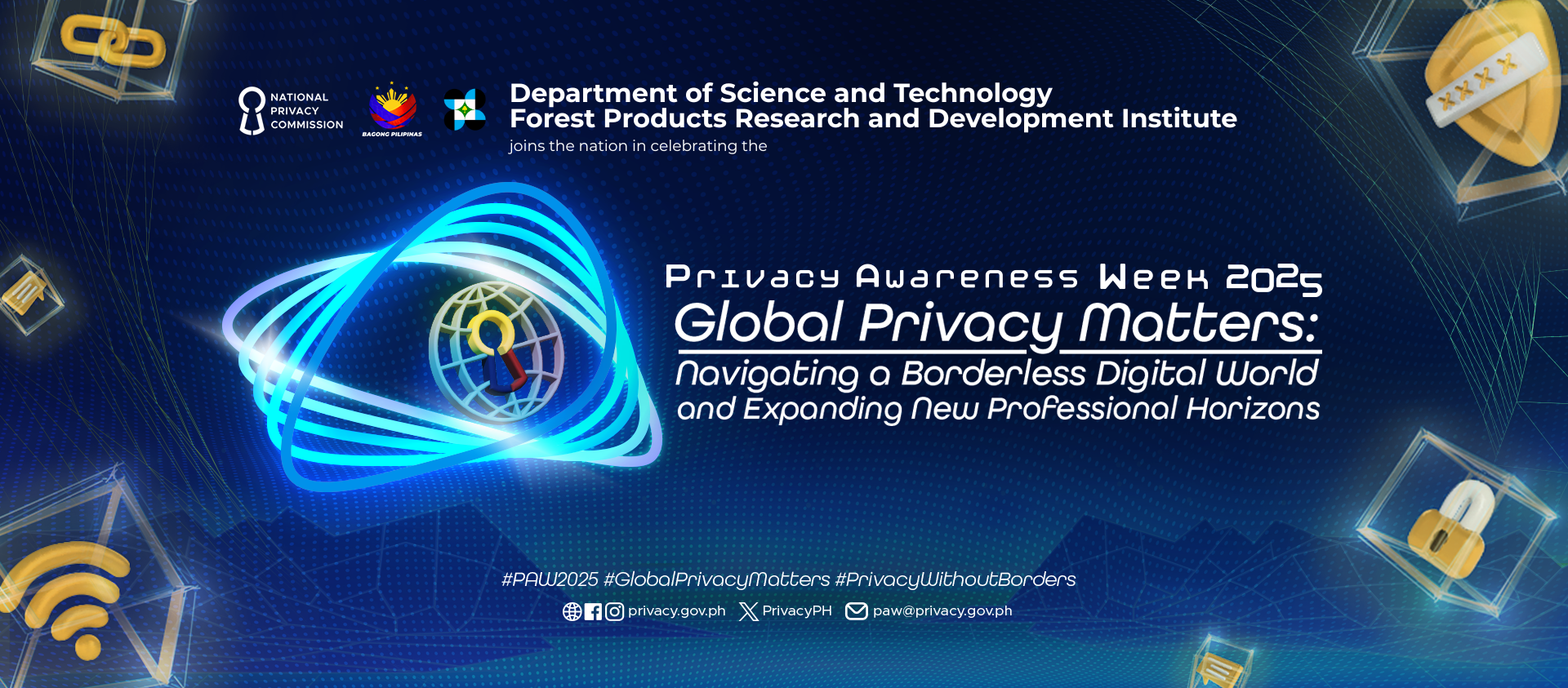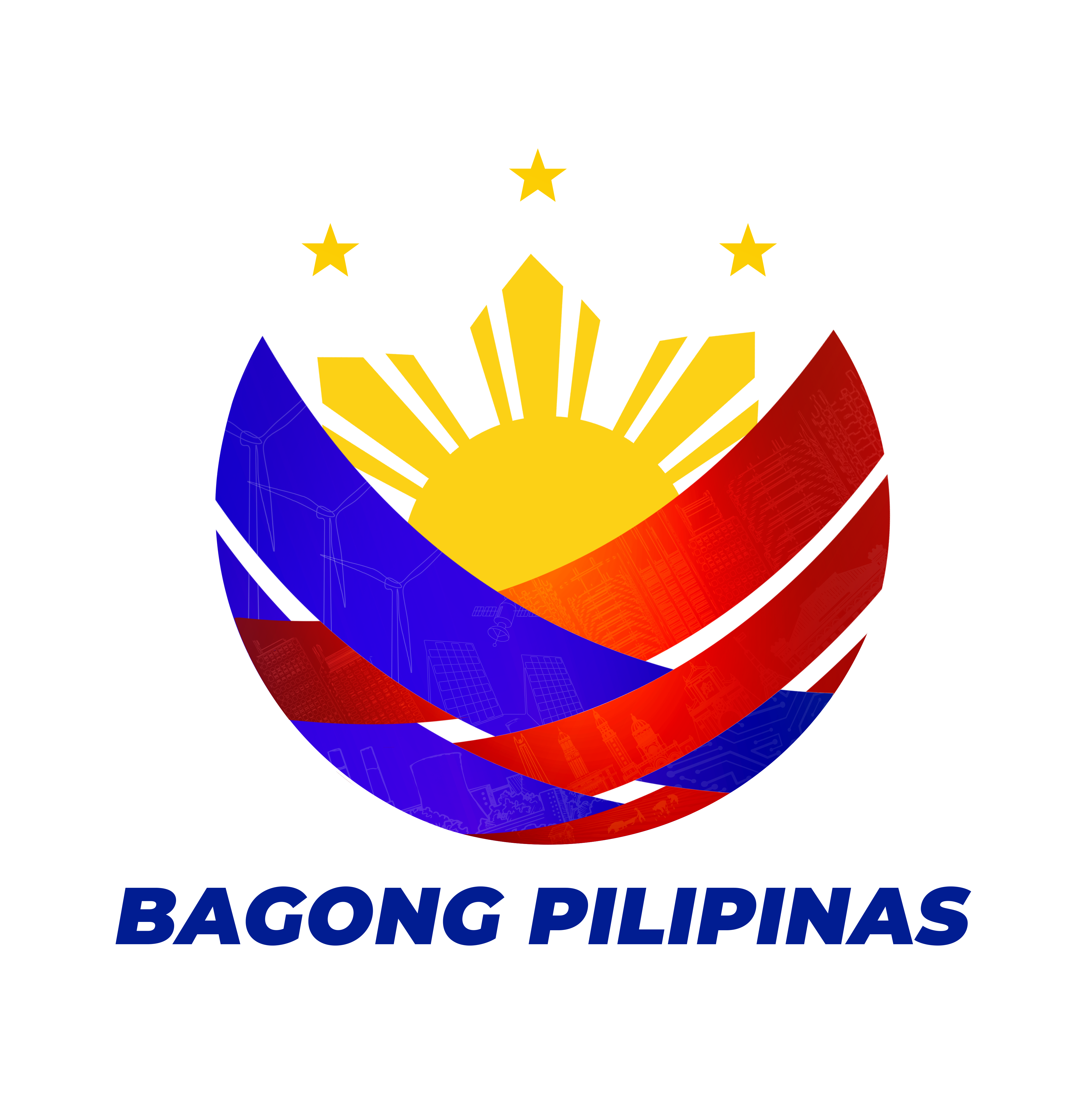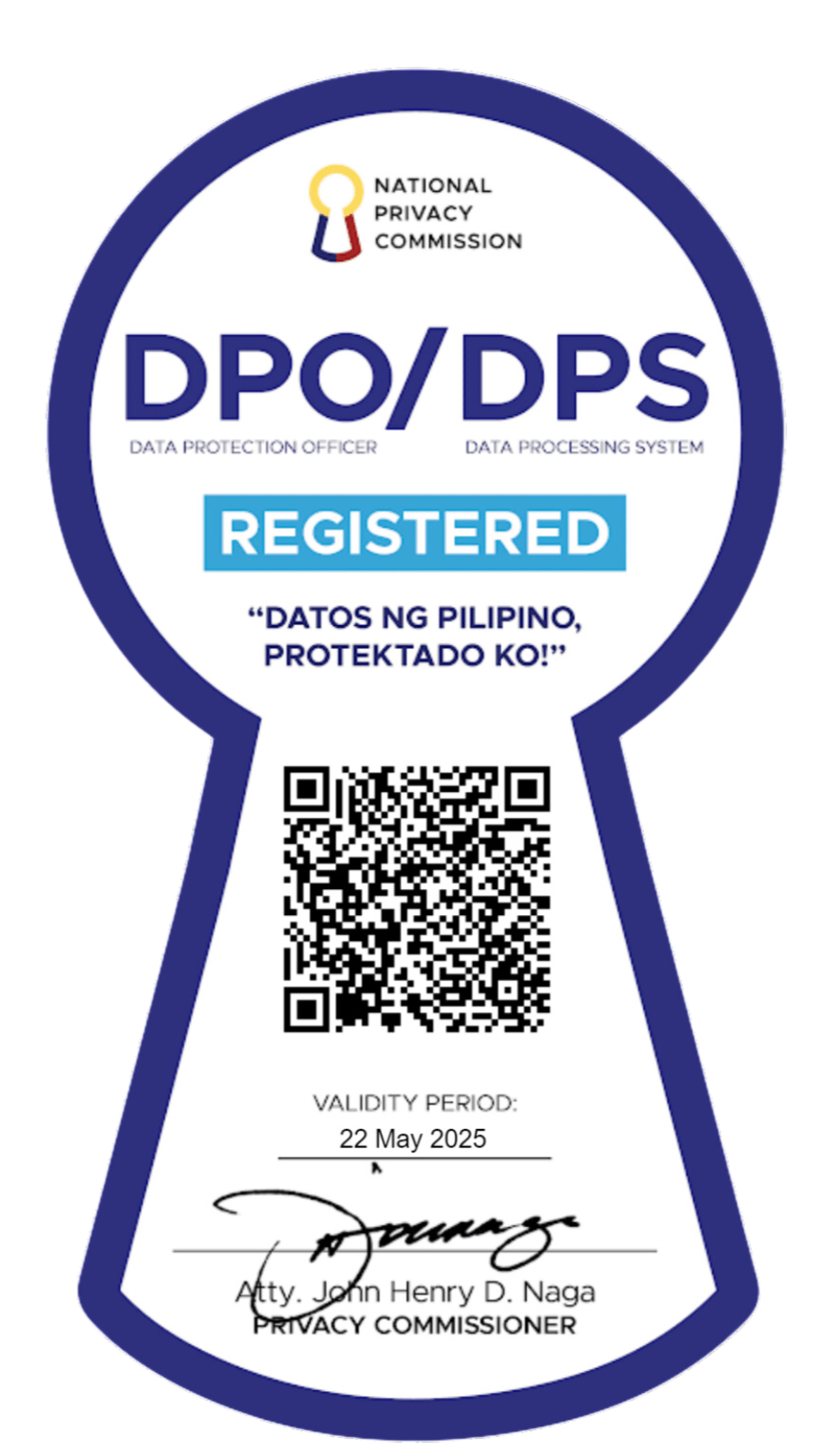This, after one year of implementation of the program “Developing the Intellectual Property and Technology Business Management (IP-TBM) Operations in Consortia Member Agencies - Batch 2”.
The program is funded by the DOST- Philippine Council for Agriculture, Aquatic, Foresty and Natural Resources and Development (PCAARRD) and headed by Ms. Grecelda A. Eusebio of the DOST-Forest Products Research and Development Institute (FPRDI).

Protecting intellectual property rights or IPR boosts economic growth by encouraging the creation of a wide variety of intellectual goods. It achieves this by giving people and businesses legal rights to their creative output.
Technology commercialization, on the other hand, is the process of moving technologies from the research laboratories to the market. One way to do this is to ensure that inventions are converted into products and services that benefit the public.
Since the IP-TBM program started in July 2018, it has already trained 69 people under the Intellectual Property Master Class and Technology Commercialization Mentorship Series, a 12-module intensive seminar on IP rights protection and technology commercialization.
According to Eusebio, “The program seeks to strengthen and capacitate the IP-TBM operations of the agencies involved – making sure they are sustainable to help contribute to the country’s social and economic competitiveness in the global rankings.”
Exceeding its expected outputs for Year 1, the program has so far facilitated 254 IPR applications at the Intellectual Property Office of the Philippines (IPOPHL), the establishment of IP-TBM offices, and the conduct of a Technology Pitch Day.### (Muriel B. Dizon & Rizalina K. Araral, 18 June 2019)











